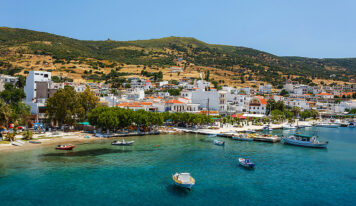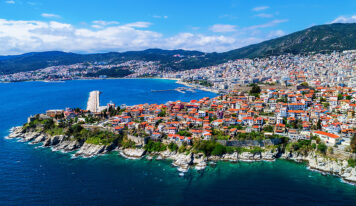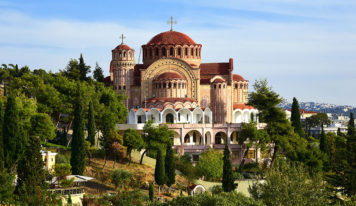Introducing Athens Today! On your Fascinating trip to the ancient city of Athens, Greece.
If you look at Athens from above, there is no sense of planning, and you will see what seems to be random concrete blocks that have been poorly renovated. The roofs seem to be some crazy aerial scrapyard, with old air conditioning systems and satellite dishes lying around as if dropped from the sky.
When you have returned to the ground, it has not changed, and what sidewalks exist are broken and potholed, broken utility hole covers, and paving slaps that resemble a miniature model of the Alps as they rise and fall.
Most of the time, a couple would need to walk in a single file when strolling these roads. If there is some small space between buildings, they will smash a way through and create a “car park.” Athens today is in a sorry condition, yet there is still a compelling reason to visit this city.
History of Athens.
Athens has had a long and chequered history, sometime being successful and other times under subjugation. Looking briefly at the history of Athens, there are approximately ten definable periods that have all left their mark on the city and contributed to what we see today.
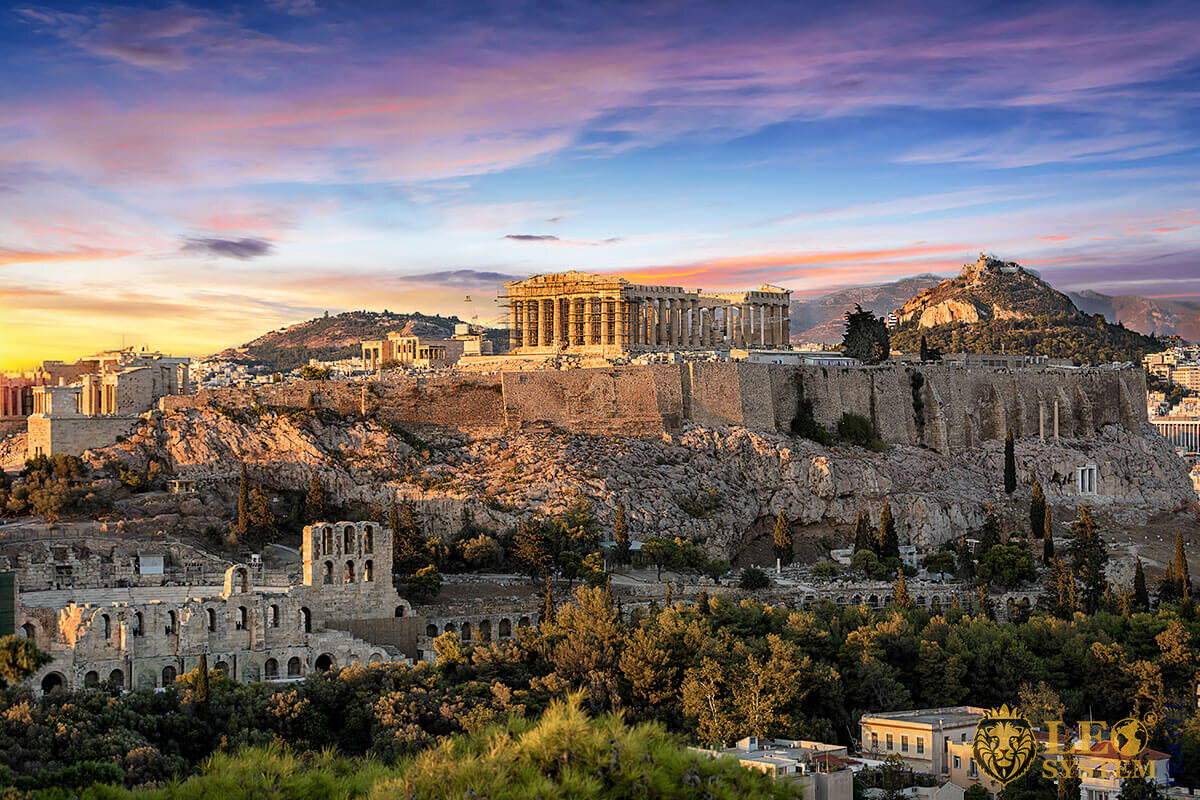
Ancient Athens.
By the year 1400 BC, Athens had become one of the principal cities of the Mycenaean civilization. When the Dorics overran this civilization in 1200 BC, Athens was not destroyed as other principle cities had been. By the 8th century, BC Athens was resurgent, and the city-state of Athens emerged that was ruled by a series of kings, who were supported by an almost feudal aristocracy. It spread its influence until it controlled the other towns in Attica.
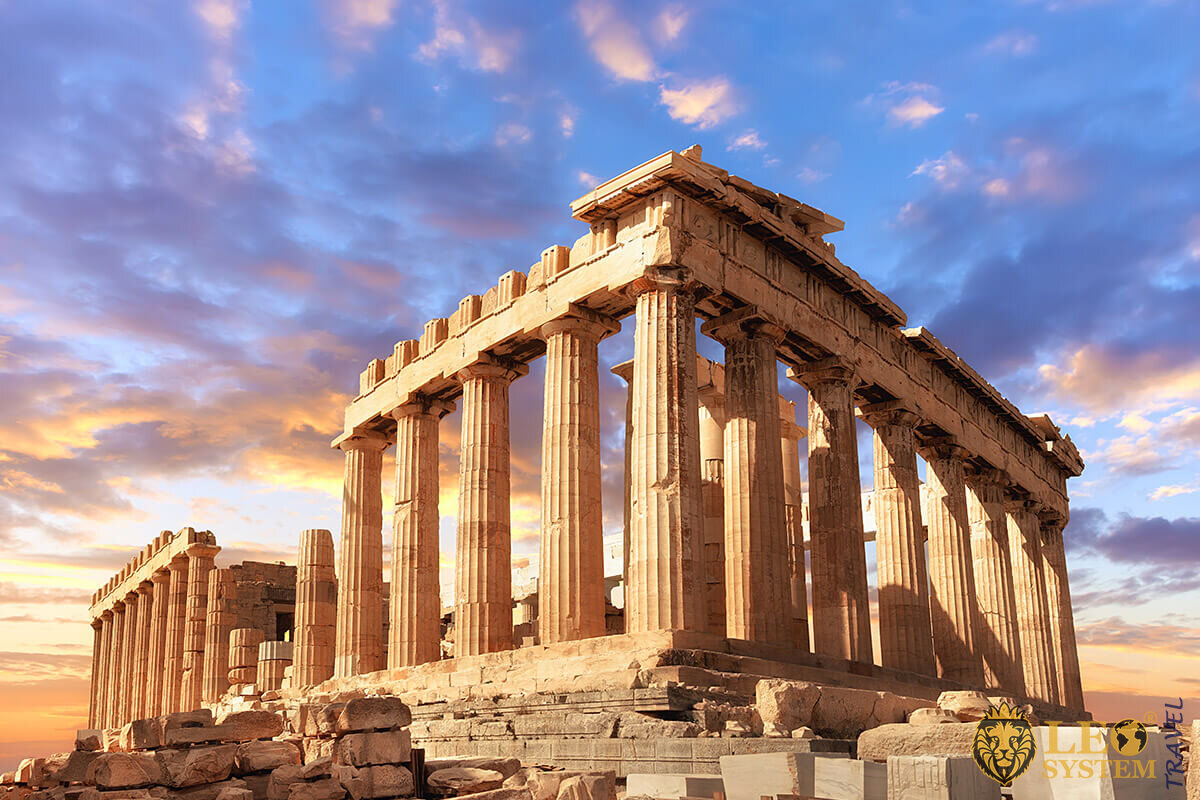
Classical Athens.
Before Athens had grown, it had always been Sparta that had been regarded as the leaders of the Greeks. This period was soon to come to an end when the Greeks found themselves under threat from the Persians. In 490 BC, the Athenians defeated the first Persian invasion, but they came back in 480 BC, and Athens was under threat.
Athens called out to Sparta for help, but the only support available was just 300 Spartans (you may have seen the movie). These 300 Spartans heroically held out against the 200,000 Persian soldiers who were bearing down on Athens.
They did this by holding a very narrow passage which mitigated the numerical supremacy of the Persians. Eventually, all the Spartans were killed except one. This stand bought time for the bulk of the army to retreat. However, it was still deemed necessary to evacuate Athens.
The Greeks retreated to their fleet, which, together with other allies, defeated the much more extensive Persian fleet. Sparta had now handed over the reins of the leaders of Greece to Athens. Athens went on the offensive, and this marked the high point of Athens. This was the Greece that we have read about.
A center of the arts and literature. The birthplace of democracy. Some of the essential western figures originate from Athens at this time. However, all good things come to an end, and by 338BC, the independence of Athens as a state was over.
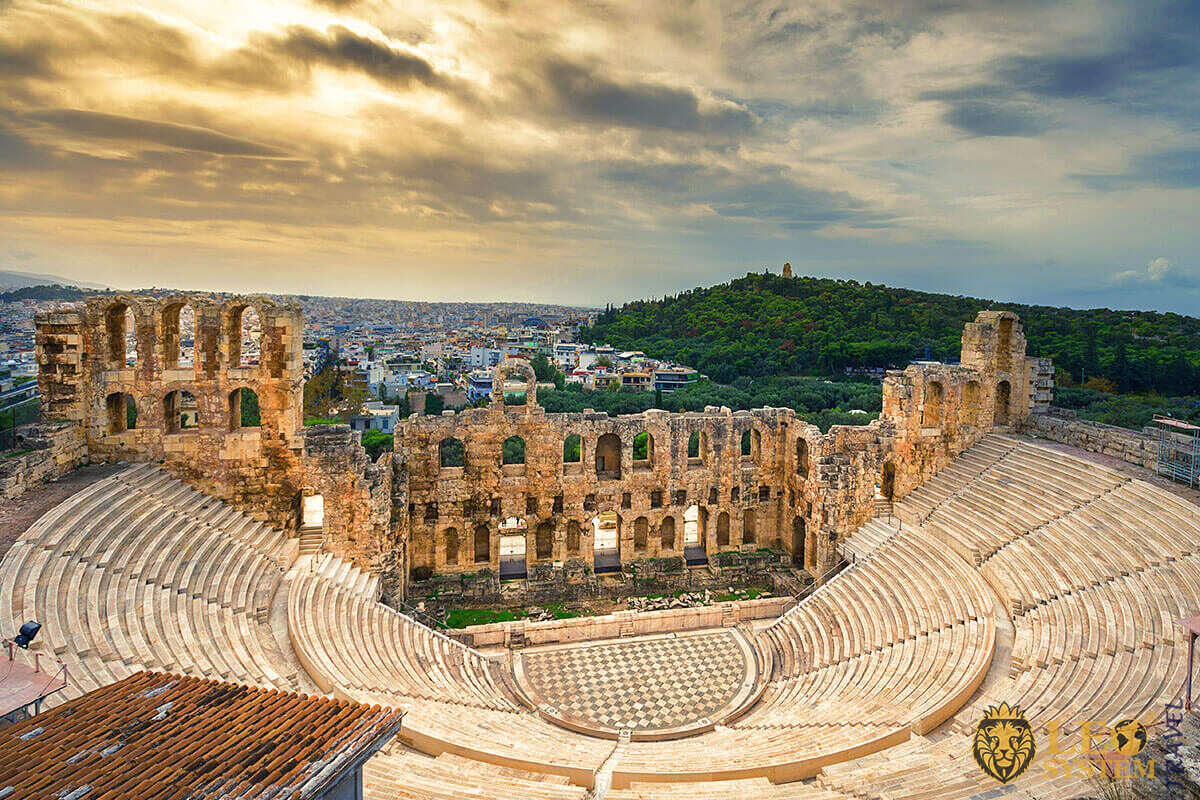
Roman Athens.
Between 88BC and 85BC, the Athenians found themselves in conflict with the forces of Rome. Athens was mostly raised to the ground. The Romans left a few Civic buildings and monuments, but most other buildings were destroyed. Fortunately, the Romans admired the schools in Athens and left Athens as a free city. The Romans also built a library, a gymnasium, an aqueduct, which they still use today. They also built several Roman Temples, a bridge, and several sanctuaries.
During the Roman period, Athens remained a center of learning and philosophy. At the end of the Roman era, when they adopted Christianity, they turned against the “Pagan” schools of philosophy, and they were closed down. This event was seen as marking the end of Athens Ancient times.
By 529 AD, Athens was part of the Byzantine Empire, and it was not viewed favorably. The Byzantines converted the Parthenon and Erechtheion into churches. Many of its works of art were transported to Constantinople, and Athens became little more than a provincial town.
From about 600 AD, Athens was under increasing attack from barbarian raids, and it shrank in size considerably. As they continued into the seventh century, most of Greece was invaded by Slavic people from the north, and Athens was barely hanging on. This period of Slavic influence ended in the middle of the 9th century when Greece was reconquered, and Athens once more began to rise.
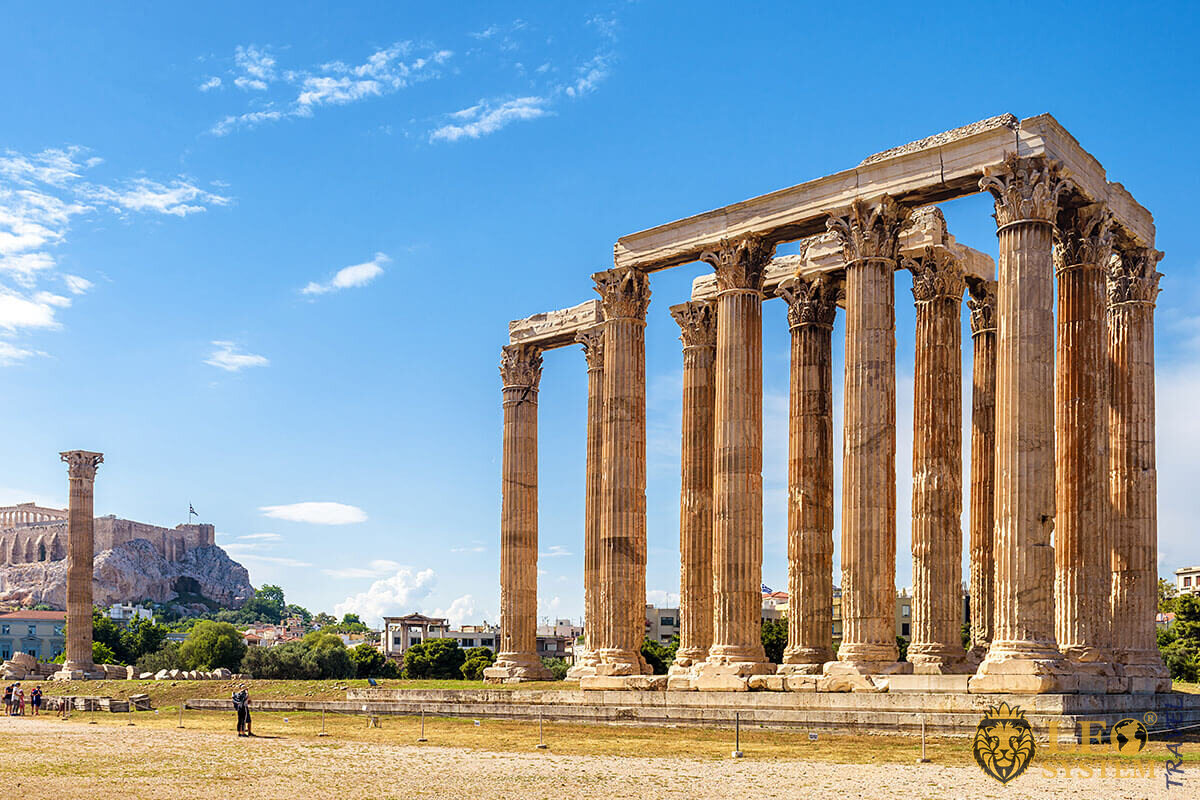
Latin Athens.
The next period of Athens’s history was the Latin period, which lasted 1204 AD to 1458 AD. When the Turkish armies invaded, Athens was the last Latin state in Greece to fall.
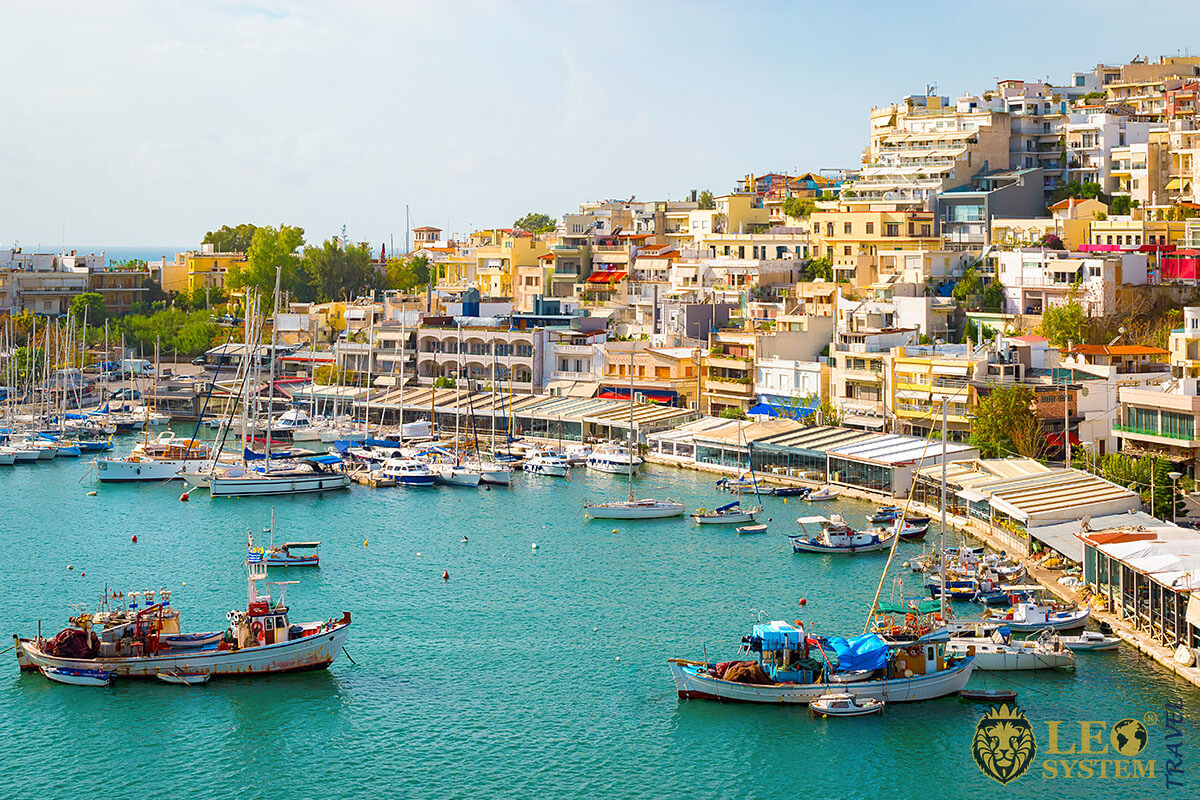
Burgundian Period.
The Burgundians fortified the ancient Acropolis and added a bell tower to the Parthenon. The most important thing they did was to introduce chivalry to Athens. Catalans and Florentines then took their turns controlling Athens, but no significant impact was made.
Ottoman Empire.
When the victorious Ottoman Sultan rode into Athens, he was impressed with the ancient monuments and declared that no looting or destruction upon the pain of death. So, Athens was spared the fate of many other Greek cities. The Parthenon was reborn again as the city’s main mosque.
Despite efforts by the OTTomans to develop Athens, by the 17th century, Athens was not much more than a village because of the significant population decrease.
For a reason best known to themselves, the Ottomans started to store gunpowder in the Parthenon, and a lightning bolt set it off and destroyed the Propylaea. In 1687 Athens was under siege by the Venetians, and to fortify the Parthenon, the Ottomans dismantled the temple of Athena. During the Venetian bombardment, they hit the Parthenon, and a powder magazine exploded, and this is what we see today, the resulting destruction.
The following year the Turks set fire to the city and demolished many ancient monuments to build fortifications.
Between 1801 and 1805, a British resident of Athens removed reliefs from the Parthenon and one of the six Caryatids of the Erechtheion (replacing it with a plaster copy). A total of fifty items were removed and sent to Britain (three sold to the French). The Elgin Marbles (as they are now called) are an ongoing matter of dispute.
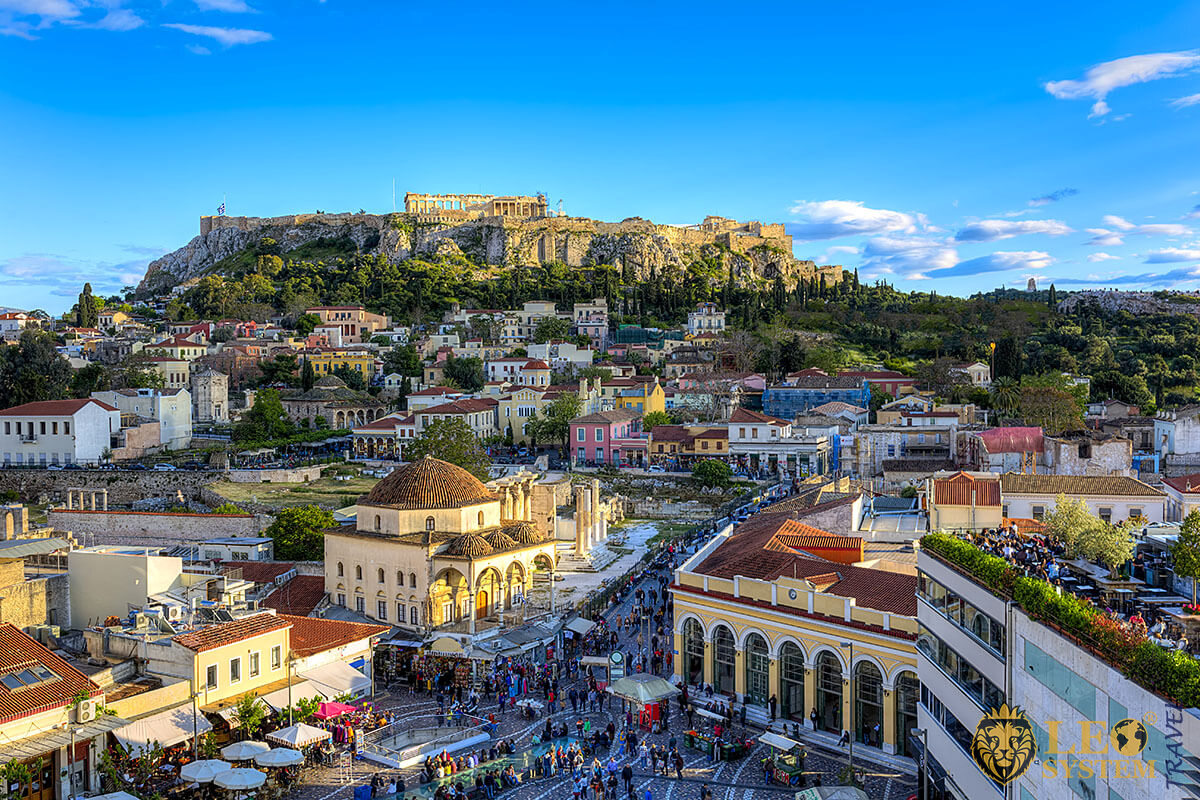
Modern Athens.
For sentimental reasons, once Greece became independent, they declared Athens to be the capital, despite Athens only being a handful of buildings at the foot of the Acropolis. This choice is where modern Greece began. After the war with Turkey in 1921, more than a million refugees returned to Greece, and Athens had a period of explosive growth, with very little planning, and this was the foundation of what you now see when you visit Athens.
So, when you take your Fascinating trip to the ancient city of Athens, Greece, you see the results of all these eras in Athenian history. Just as Athens has been reborn many times in its past, rising and falling in power, we are sure that Athens will once again bloom.
Also read the popular post: Historic Valencia, Spain. City Tour.























